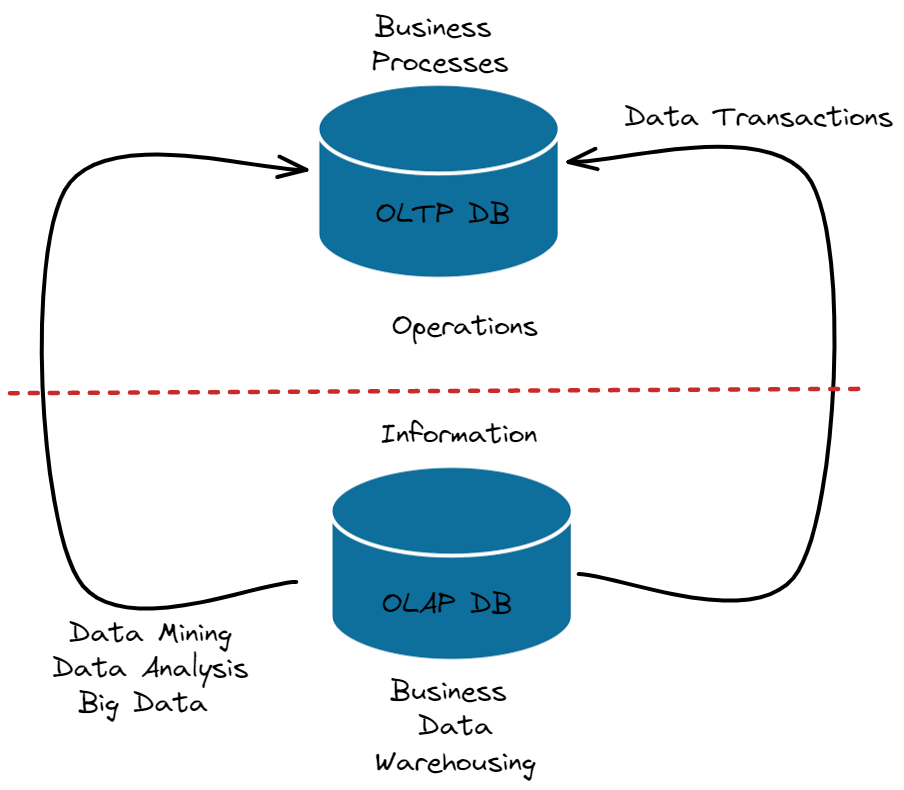I. OLTP & OLAP
1. What is OLTP?
Online Transaction Processing (OLTP), is a class of software applications capable of capturing, storing, and processing data from transactions in real time. Each transaction involves individual database records made up of multiple fields of columns. In OLTP, the emphasis is on fast processing since OLTP databases are read, written, and updated frequently. If in the case there is a transaction failure built-in system logic ensures data integrity.
For example in a bookstore, OLTP can be used for the price of books, updating customer transactions, and keeping track of employee hours; as you can see the focus is on supporting day to day operations
2. What is OLAP?
Online Analytical Processing (OLAP), uses complex queries to analyze aggregated historical data from OLTP databases and other sources for data mining, analytics and business intelligence projects. In OLAP the emphasis is on response time to these complex queries. Each query involves on or more columns of data aggregated from many rows.
For example in the same bookstore, OLAP can be used to calculate the books with best profit margin, find the most loyal customers, decide employee of the month; as you can see the focus is on supporting business decision making.
3. What are the differences between OLTP and OLAP?

- OLAP is a category of software tools that analyzes data stored in a database, whereas OLTP supports transaction-oriented applications in a 3-tier architecture.
- OLAP creates a single platform for all types of business analysis needs which includes planning, budgeting, forecasting, and analysis, while OLTP is useful for administering day-to-day transactions of an organization.
- OLAP is characterized by a large volume of data, while OLTP is characterized by large numbers of short online transactions.
- In OLAP, a data warehouse is created uniquely so that it can integrate different data sources for building a consolidated database, whereas OLTP uses traditional DBMS.



